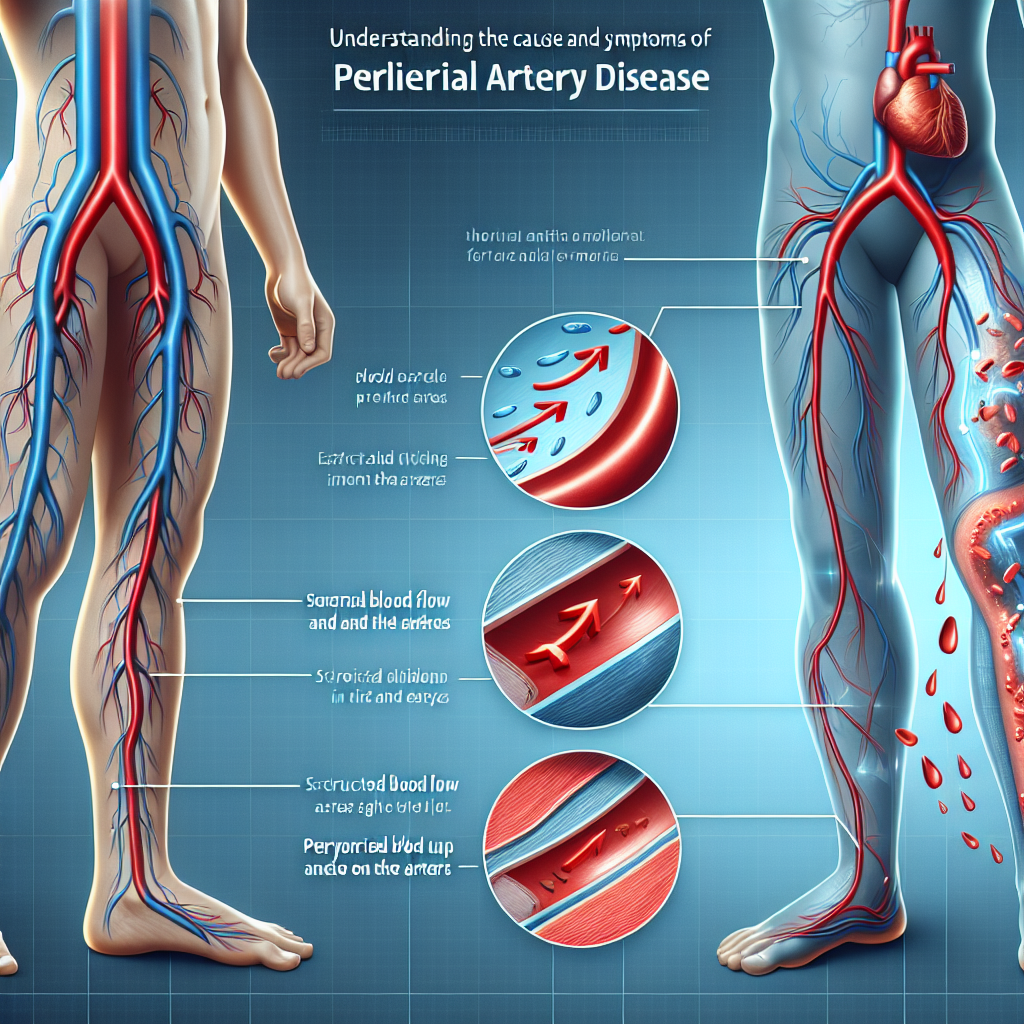Peripheral Artery Disease (PAD) is a chronic circulatory condition that affects millions of people worldwide. It gets less attention compared to other heart complications, but it is equally severe and needs adequate understanding and extensive research.
What is Peripheral Artery Disease?
PAD is a common circulation problem where narrowed arteries reduce blood flow to the limbs. It results from the buildup of fatty deposits (plaque) in the arteries, a process called atherosclerosis. While PAD usually affects the arteries in the legs, it can also affect other arteries that carry blood away from the heart.
PAD Causes
The primary cause of PAD is atherosclerosis, which occurs when cholesterol and other substances accumulate on the inner walls of the arteries. Over time, this hardened plaque narrows the arteries, limiting the oxygen-rich blood flow to the organs and other parts of the body.
Other factors associated with developing PAD include:
- Aging, especially people over 50
- Smoking
- Diabetes
- Obesity
- High blood pressure
- High cholesterol
- Family history of heart disease or PAD
PAD Symptoms
Symptoms of PAD may vary but commonly include:
- Leg cramping during activities that subsides at rest, known as claudication
- Pain or numbness in the leg or foot
- Sores or wounds on the toes, feet, or legs that heal slowly or not at all
- Change in leg color
- Decreased leg temperature
Complications of PAD
Undiagnosed or untreated PAD can lead to severe complications like a heart attack or stroke, and in severe cases, amputation may be required due to gangrene. People with PAD have a four to five times higher risk of heart attack or stroke.
Treatment and Prevention
PAD treatment typically includes healthy lifestyle changes, medications, and in some instances, angioplasty or surgery. Physicians may also recommend physical activity, smoking cessation, diet modification, and control of hypertension, cholesterol, and glucose levels.
Conclusion
PAD is a serious yet common health concern that often goes unrecognized and untreated. It’s vital to understand its causes, symptoms, and potential complications to prevent unfavorable outcomes. Lifestyle modifications and therapeutic management play a significant role in alleviating PAD symptoms and slowing its progression.
FAQ Section
-
Is PAD a normal part of ageing?
While age is a risk factor for PAD, it’s not a normal part of ageing. It’s a sign of systemic atherosclerosis, which can lead to severely impaired mobility and other complications.
-
Can you die from Peripheral Artery Disease?
While PAD itself is not directly deadly, its complications can be. PAD increases the risk of heart attack and stroke.
-
If I have PAD, does that mean I also have heart disease?
Not all people with PAD have heart disease, but they’re at higher risk. Because PAD is caused by atherosclerosis, the same process might be occurring in the arteries of the heart, leading to heart disease.
-
Can PAD be treated?
Yes, PAD can be treated through lifestyle changes, medications, and sometimes surgery or angioplasty. The best treatment depends on each individual’s situation.
-
Can peripheral artery disease be prevented?
While you can’t control all the risk factors for PAD, many measures can help prevent or delay its onset, such as leading a healthy lifestyle, quitting smoking, and managing conditions like diabetes, hypertension, and high cholesterol.

Leave a Reply